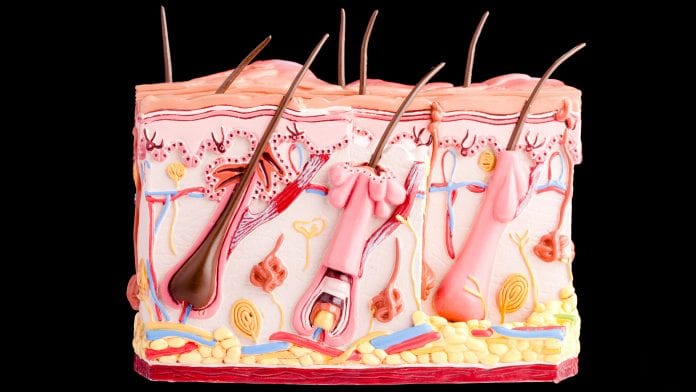
According to the Norwegian University of Science and Technology (NTNU), cilia cells are essential for the brain to develop normally.
Cells along the brain’s cavities are equipped with tiny hair-like protrusions called cilia cells. Although cilia are still poorly understood, we know a few things about what can happen if they are not doing their job. People with ciliary defects can develop neurological conditions like hydrocephalus and scoliosis.
What do you know about cilia cells?
The human brain has four fluid-filled cavities known as ventricles, all of which are interconnected. The ventricles are filled with cerebrospinal fluid, which is also produced here, this fluid is in constant motion, but the movement varies depending on what we are doing.
Senior researcher Nathalie Jurisch-Yaksi at Kavli Institute for Systems Neuroscience at the Norwegian University of Science and Technology (NTNU), Norway says: “Several theories exist, but for many years this circulation of fluid has been recognised as supplying nutrients to the brain, while also removing waste products.”
“The cerebrospinal fluid flow also contributes to transmitting molecular signals across the brain,” adds Emre Yaksi, a professor at the Kavli Institute.
It would not be possible to conduct this kind of research on humans, due to ethical and practical reasons. Therefore, the research group has chosen to do their research on zebrafish larvae.
Using zebra fish instead of humans
Zebrafish larvae are ideal for this type of research. They are vertebrates just like humans and can often tell us something about how the human brain develops and works.
Unlike most other cilia in the human body that contribute to the transfer of fluids, such as the brush-like respiratory cilia that protect the lung, the researchers found that the cilia cells along the brain ventricles of the developing zebrafish brain have a propeller-like motion, much like the tail of sperm.
Cilia cells may indirectly contribute to keeping the brain young and healthy
New nerve cells are born near the wall of the fluid-filled brain ventricles. From here, they migrate to different areas of the brain.
The differentiation of these new born cells was suggested to be influenced by nutrients and molecular signals that are distributed by the flow of the cerebrospinal fluid near the ventricular walls.
In zebrafish, the creation of new neurons, also called neurogenesis, happens not only in the developing brain, but also in adult fish. And it has been revealed that this kind of adult neurogenesis also occurs in humans.
Studying the dynamic movements of fluids is extremely complicated and requires a multidisciplinary approach.
And this research is far from over. The next step is to see if it is possible to influence the brain functioning of the zebrafish by manipulating the cilia and vice versa.









